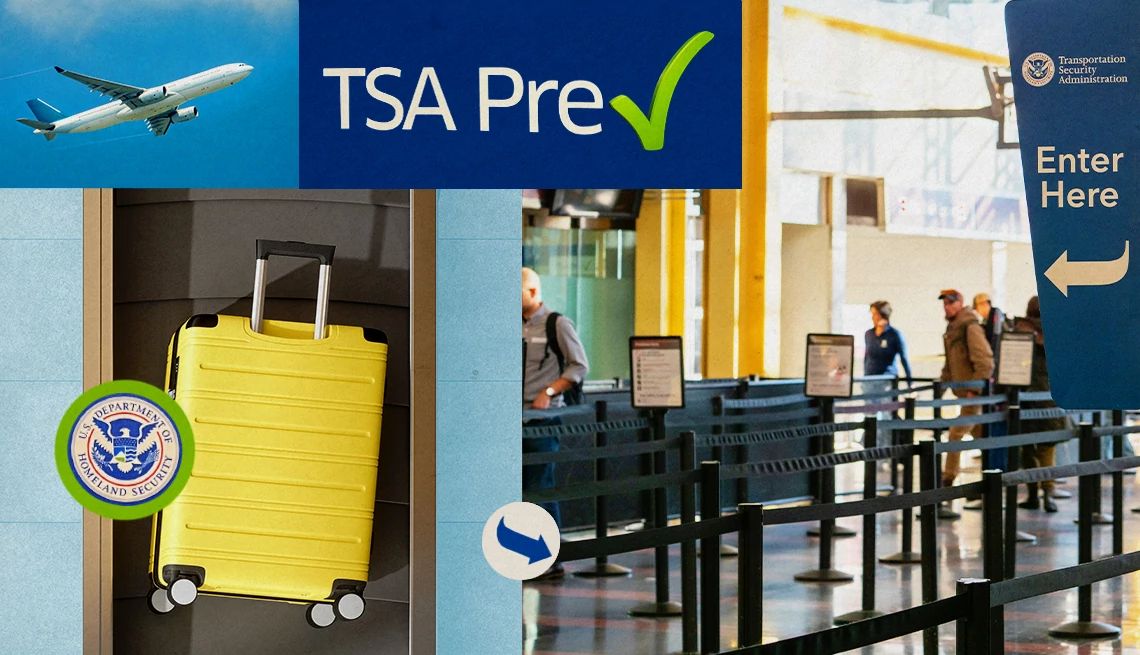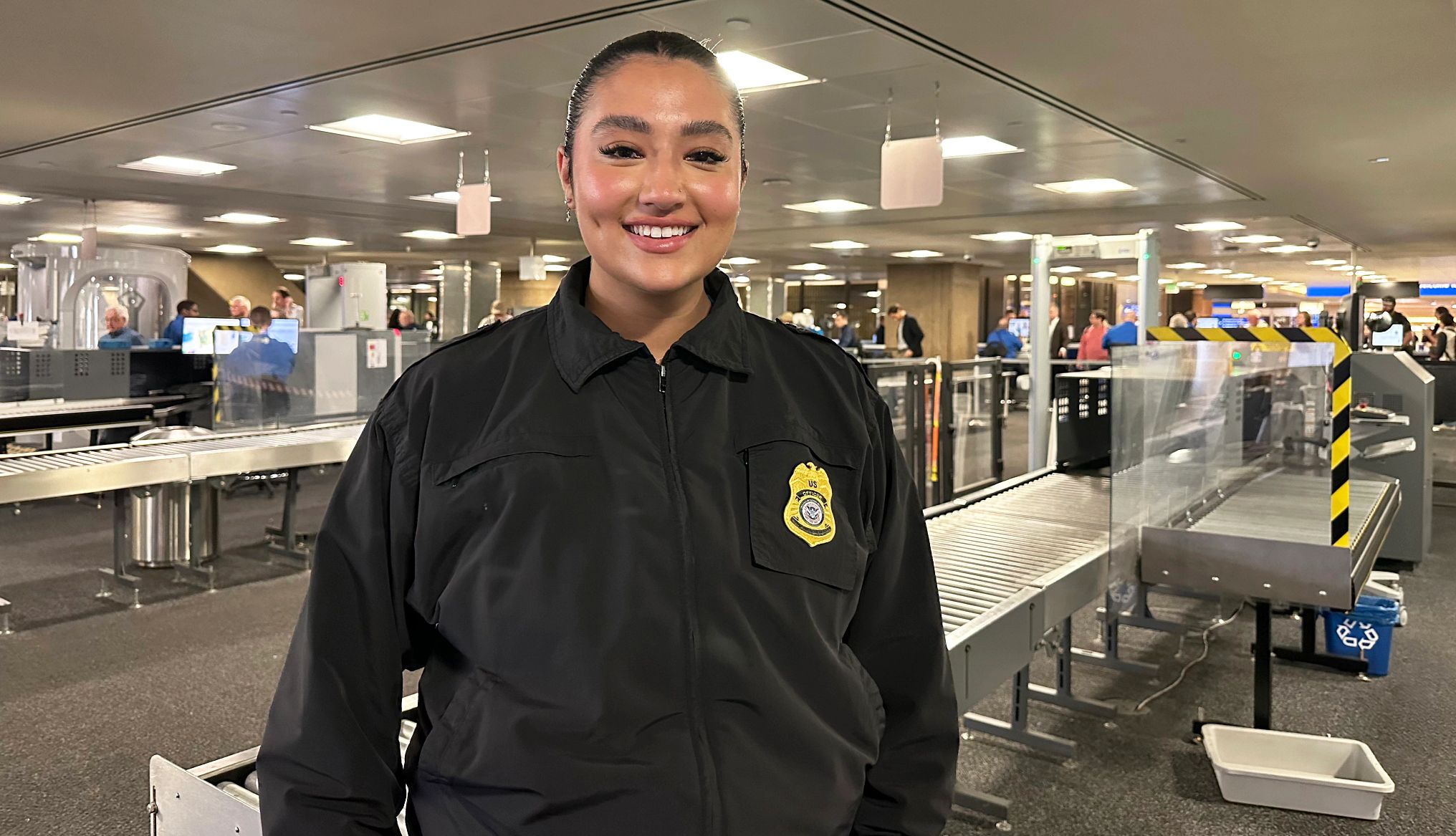AARP Hearing Center
Travelers breathed a collective sigh of relief when in July, the U.S. Department of Homeland Security (DHS) announced the end of the 19-year policy mandating shoe removal when passing through America’s airport security screenings.
People who had struggled most with the process, including older adults and those with mobility issues, had the greatest reason to celebrate.
Hot on the heels of that celebration, though, came the question: What’s the value of TSA PreCheck? Keeping shoes on had been a key program perk.
At the July news conference announcing the mandate rollback, DHS Secretary Kristi Noem upheld TSA PreCheck’s value. “I believe PreCheck will still be something that many travelers will want to utilize,” she said.
According to Airlines for America’s Air Travelers in America survey, an estimated 46 percent of adults 55 and older flew last year. At a conference hosted by The Hill later in July, Noem teased the idea that the rule limiting liquid size may be the next to go, though industry professionals are skeptical. We examined TSA PreCheck and the benefits that currently remain, including which ones most help older fliers.
What is TSA PreCheck?
Launched in December 2013, TSA PreCheck is a fee-based optional screening program that conducts passenger risk assessments before a planned trip.
Prescreened American travelers get access to a dedicated TSA PreCheck lane, available at more than 200 U.S. airports and make up about 34 percent of all screened travelers at TSA checkpoints. “It might not be at a really, really small regional airport, but I can’t think of an airport where I haven’t seen it,” says Sally French, a frequent traveler and travel spokesperson at NerdWallet. A TSA spokesperson says that approximately 280 million passengers are screened through TSA PreCheck lanes annually.





































































